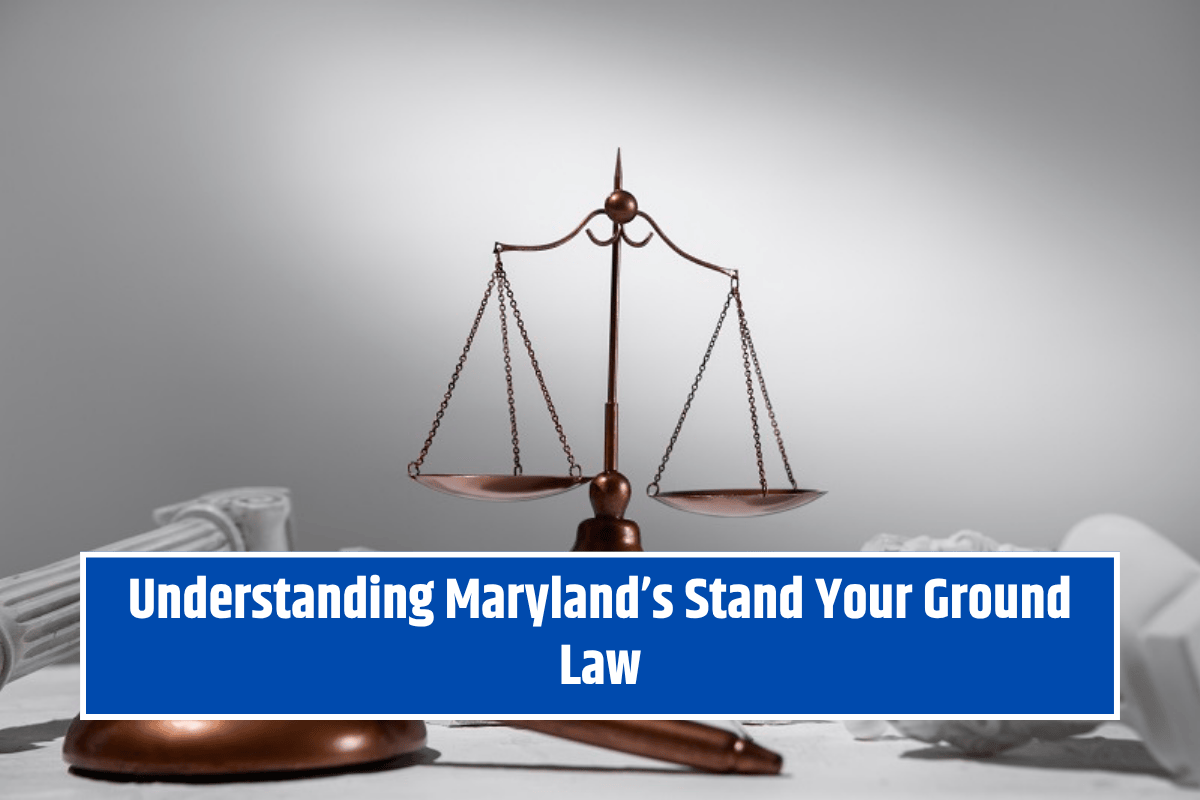Self-defense laws in the United States are designed to give individuals the right to protect themselves and others from harm, even using force if necessary. These laws aim to ensure that people can defend themselves when in real danger but also try to prevent unnecessary violence. Understanding when and how you can use force, especially deadly force, is crucial. In this article, we will explore the differences between the Castle Doctrine, Stand Your Ground laws, and Maryland’s unique self-defense rules.
Traditional Self-Defense Rules
Under traditional self-defense laws, people are allowed to use force to protect themselves or others, but only when necessary. The key points include:
- Lethal force (using deadly weapons or actions) is only allowed if you are in immediate danger of death or serious injury.
- If you could safely walk away from the situation, you are expected to do so instead of using deadly force.
- The duty to retreat applies only in public spaces, not inside your home.
In short, if you are in a public place and can avoid violence by walking away, you are required to retreat.
What Is the Castle Doctrine?
The Castle Doctrine is a legal concept that says your home is your “castle,” meaning it’s your safe space. Under this doctrine, if someone enters your home and you feel threatened, you do not have to retreat. You are allowed to defend yourself, including using deadly force, if necessary. This law acknowledges that everyone has the right to feel safe and protected in their own home.
What Are Stand Your Ground Laws?
Stand Your Ground laws are an extension of the Castle Doctrine but apply beyond the home. These laws state that if you feel threatened, you do not have to retreat, even in public spaces. This means:
- Even if you could avoid the situation by walking away, you have the right to stand your ground and use deadly force if needed.
- You are not legally required to try to avoid conflict, even when doing so is possible.
While many states have adopted Stand Your Ground laws, these laws are controversial because they can sometimes lead to more violence. Unlike older self-defense laws, which encouraged retreat when possible, Stand Your Ground laws allow people to stand firm and defend themselves without considering the option to avoid the situation.
What Is Maryland’s Law on Self-Defense?
Unlike many other states, Maryland does not have a Stand Your Ground law. In Maryland:
- If you are outside your home and feel threatened, you are legally required to retreat if you can do so safely, before using deadly force.
- The duty to retreat only applies when you’re in a public space. When inside your own home, the Castle Doctrine applies, which means you do not have to retreat when defending yourself from a threat.
Maryland’s courts have made it clear that deadly force should be a last resort and people should avoid using it whenever there’s a safe way to walk away from a dangerous situation.
Why These Differences Matter
Self-defense laws are meant to protect individuals, but they also carry responsibilities. While many states allow for broader use of deadly force under Stand Your Ground laws, Maryland follows the traditional self-defense rules that encourage retreat when possible. It’s important to understand these differences, especially if you are living in or visiting different parts of the United States, because the rules can vary significantly from state to state.
Self-defense laws across the U.S. are created to balance the need for personal protection with the goal of minimizing unnecessary violence. While the Castle Doctrine protects your right to defend your home, Stand Your Ground laws give broader rights to use deadly force, even when retreating is an option. In contrast, Maryland’s laws follow the traditional self-defense rules that require people to retreat when possible, unless they are inside their home. Understanding these rules can help you make informed decisions about your safety and how to act in dangerous situations.












